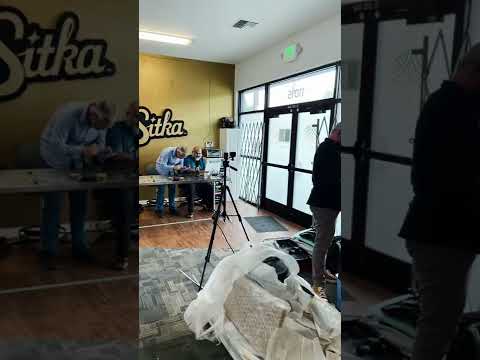
Opinions expressed by Entrepreneur contributors are their own.
Like most entrepreneurs, cannabis business owners prefer looking at top-line growth over managing expenses. What makes the cannabis business different is that most other companies can deduct a slew of costs from their revenue to calculate net income and pay taxes accordingly. But due to the federal government’s continued criminalization of cannabis, plant-touching operators can deduct only costs of raw materials and labor producing the goods for sale from their income. This IRS Rule 280e means cannabis businesses can’t deduct marketing, sales, research & development, and other overhead costs and have to pay a much higher effective tax rate than any other business.
For these tax reasons alone, you should diligently track and document your costs of goods sold (COGS) to maximize deductions and protect yourself from audits. Margins calculated by subtracting your COGS from your selling price are a fundamental metric to track over time. Doing so will help you stay competitive, as measuring progress (and failure) helps you aim better for the next business cycle.
Related: How Taxes And Regulations Impact Cannabis Sales
How to track COGS
You first need to set up processes and systems to capture these costs on receipt to track your COGS. Defining clear SOPs at choke points such as intake help streamline the data capture to maximize deductions.
Focus on direct raw material costs. Make sure they accumulate as you build inventory—and document them to help prove to any auditor that the IRS does not bar deductions based on these costs. Also, use the data you capture to set standard costing based on your documented history. Then compare that to actuals periodically to measure performance over time.
Jimmy Gadinas, a cannabis industry accounting consultant, working with clients such as Cascadia Premium in Oregon, recommends making sure inventory costs are being properly converted to COGS on your financials. “Most inventory tools marketed to the industry focus on compliance,” he says. “While accounting integrations are common, they can wreak havoc on the quality and accuracy of your reporting when set up or managed incorrectly.”
Once you get a handle on documenting raw material costs, you’ll be in a better position to tackle labor, which can be tricky in smaller companies. In those settings, a worker may shift between directly producing a good–which might be deductible–and working on marketing, sales, or another area that is not deductible. Don’t let this challenge discourage you from documenting the costs you can identify and use to reduce your taxable income.
How to think about labor
Your payroll system and job titles should indicate what labor goes into your COGS. Again, don’t fret if some employee wages don’t fit into the COGS. You should ask your accountant for advice if you aren’t sure. Direct labor is any activity that goes into producing goods, and this accumulates into COGS. Indirect labor includes functions like your security guard, a supervisor, or administrative staff, which does not go into COGS.
Once you have those items settled, compare production numbers against your payroll over time. Start simple, and then get more detailed. Explore implementing a time and attendance system to clock in and out of job functions to get more specific with how employees allocate their time. Automating administrative tasks like data entry will reduce indirect costs.
Going forward
Tracking your COGS has benefits far beyond your relationship with the IRS. Staying consistent and building your standard operating procedures that allow you to capture data during a normal course of work will pay off in many ways—especially if you schedule a structured time to review and analyze your results and adjust your plans accordingly.
Remember not to let perfection be the enemy of progress. Just because you can’t capture everything, especially at the beginning, doesn’t mean your work on the data you do collect isn’t valuable and important. And those early successes will put you in a position to build more data collections later on.







